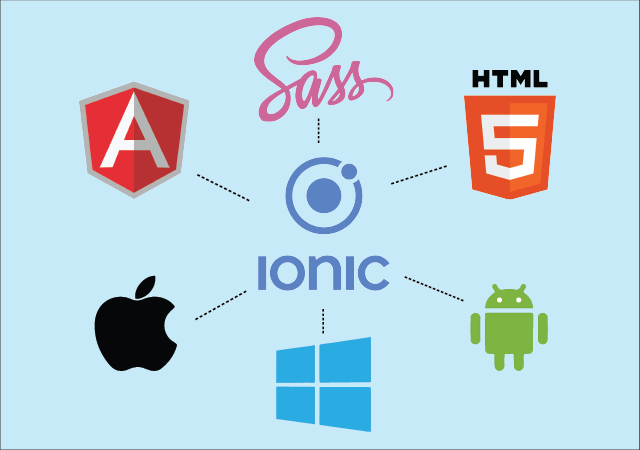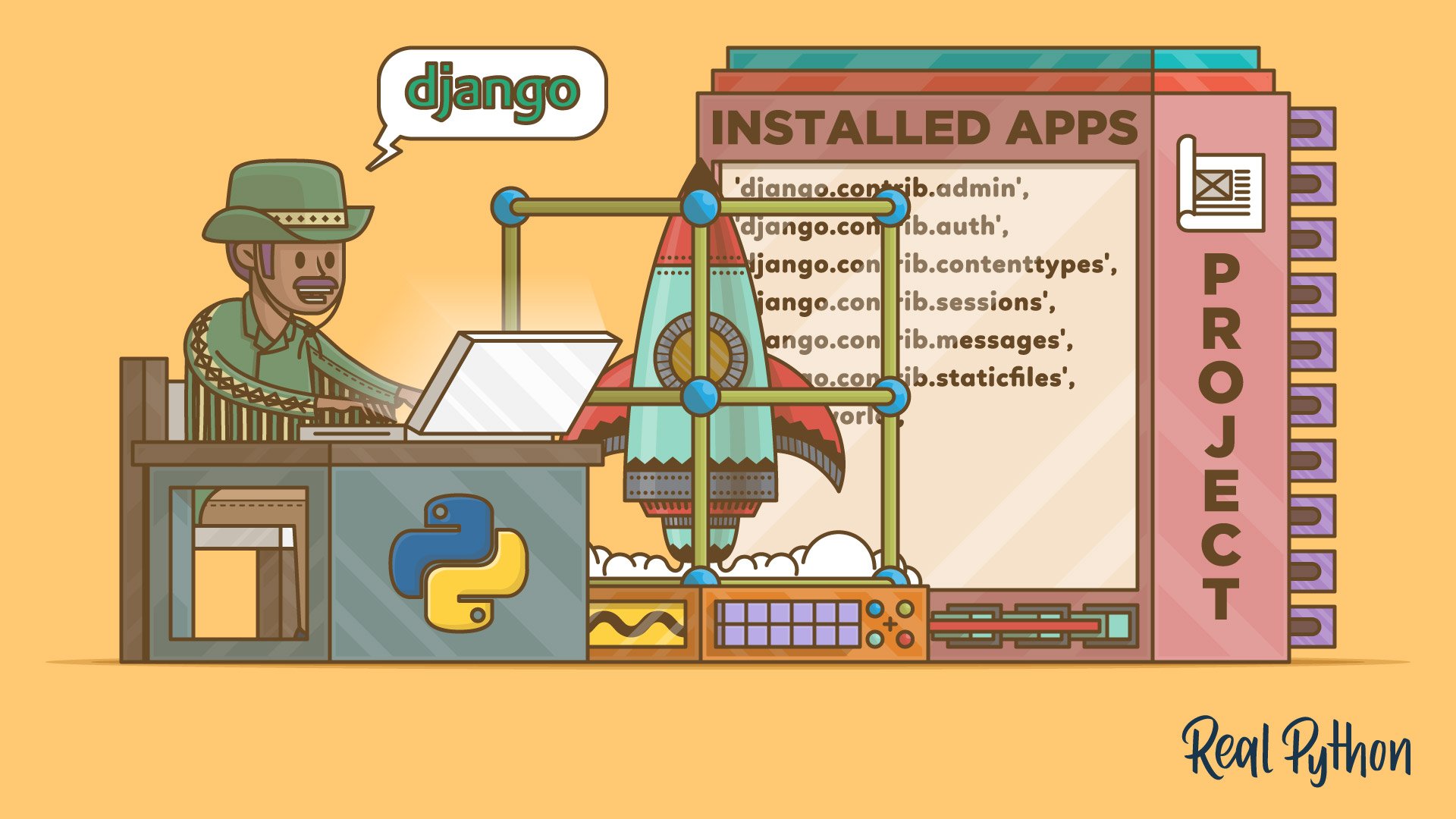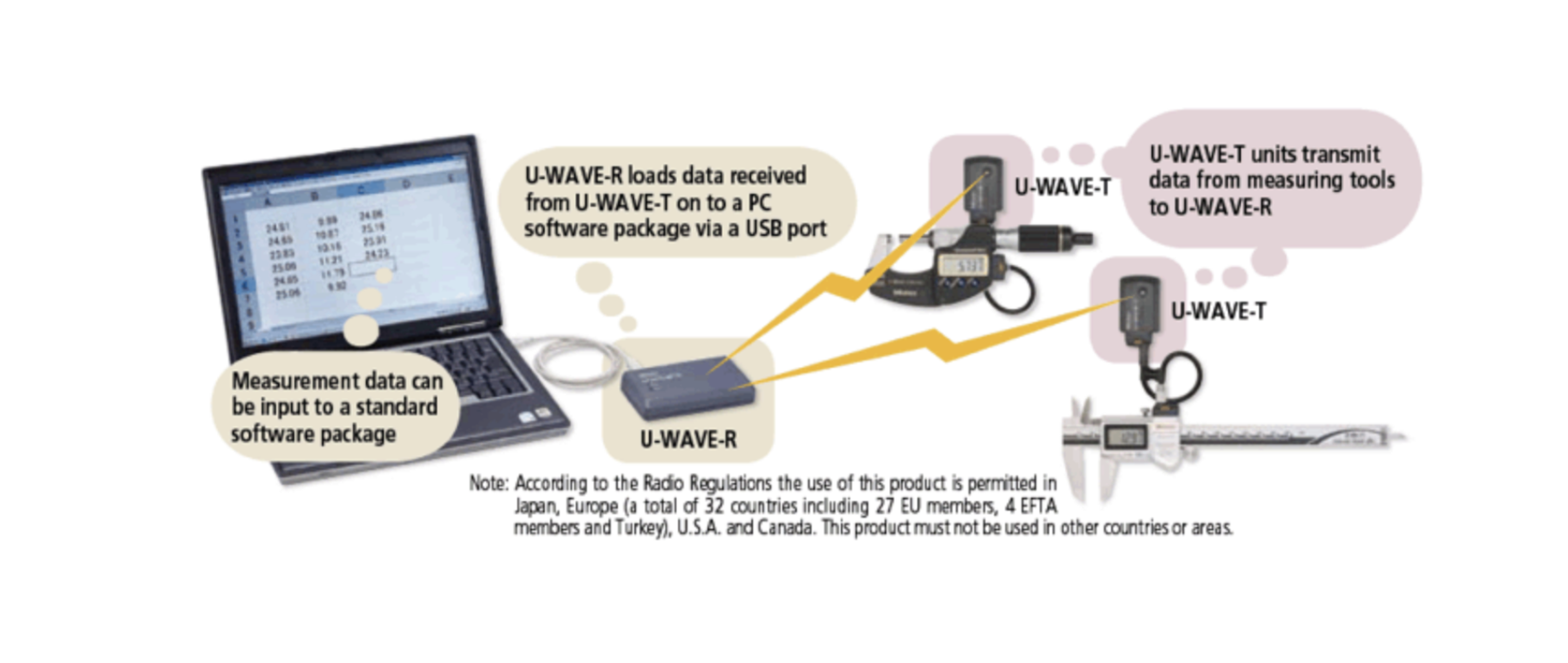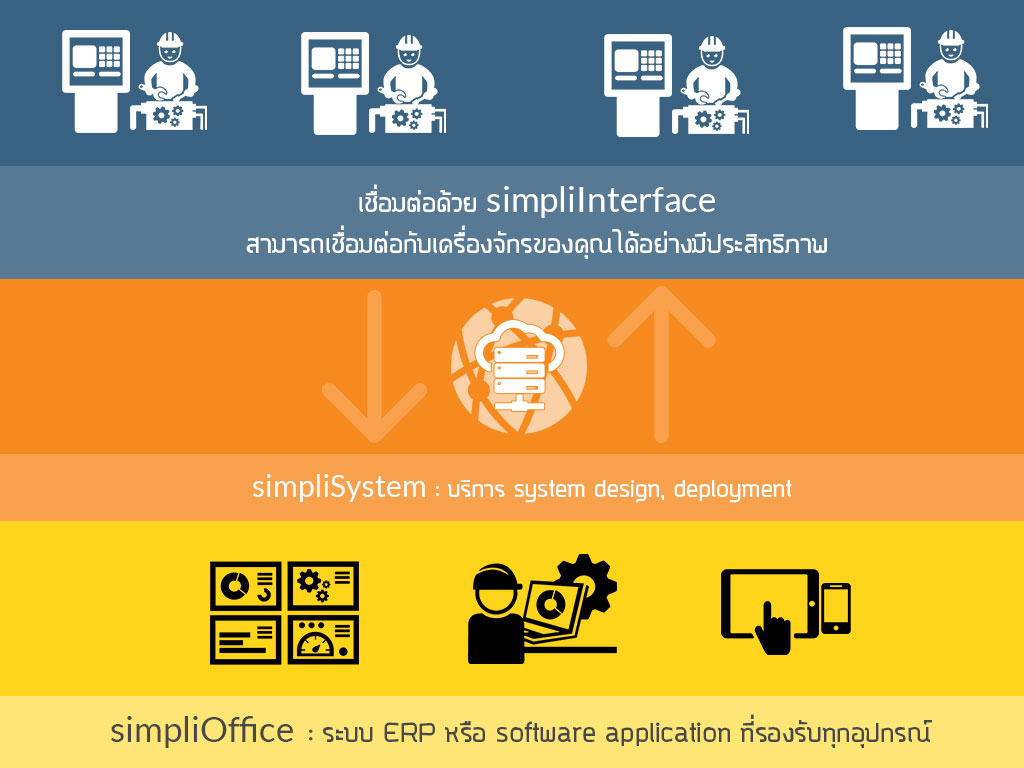提高 Django 性能:开发者和企业主的缓存指南
在当今快节奏的数字世界中,性能至关重要。无论您是开发者优化代码,还是企业主希望为用户提供流畅的体验,有效的缓存策略都可以大幅提升 Django 应用的速度和可扩展性。
为什么缓存对企业至关重要?
当用户与您的应用交互时,数据库查询、API 请求和页面加载都会消耗时间。如果没有缓存,系统会反复处理相同的数据,导致:
- 响应时间变慢
- 服务器负载增加,成本上升
- 用户体验下降
通过缓存,可以将常用数据存储在高速访问内存(如 Redis 或 Memcached),减少每次都重新计算或查询数据库的需求。
Django 的缓存机制概览
Django 提供多种缓存方式:
- 后端缓存(存储在内存、Redis、Memcached 或数据库中)
- 查询缓存(减少数据库重复查询)
- 视图缓存(缓存整个页面)
- API 缓存(提高 REST API 性能)
- 模板缓存(优化前端渲染)
选择合适的缓存后端
| 缓存后端 | 最佳用途 | 优点 | 缺点 |
|---|---|---|---|
| 本地内存缓存 | 单服务器应用 | 快速,开箱即用 | 无法在多个进程之间共享 |
| Redis | 大规模应用、API、后台任务 | 持久化,支持高级数据结构 | 需要额外设置 |
| Memcached | 需要超高速缓存的场景 | 非常快 | 无持久化 |
| 数据库缓存 | 无外部缓存系统的应用 | 查询简单 | 速度较慢,增加数据库负载 |
推荐:在生产环境中使用 Redis 以获得可扩展和高性能的缓存。
优化数据库查询
1. 使用低级缓存存储高消耗查询
from django.core.cache import cache
from myapp.models import Product
def get_products():
cache_key = 'product_list'
products = cache.get(cache_key)
if not products:
products = Product.objects.all()
cache.set(cache_key, products, timeout=3600) # 缓存 1 小时
return products2. 使用 CacheOps 自动缓存 ORM 查询
CACHEOPS = {
'myapp.Product': {'ops': 'all', 'timeout': 3600}, # 缓存所有查询 1 小时
}视图缓存加速页面加载
1. 全页面缓存
from django.views.decorators.cache import cache_page
@cache_page(60 * 15) # 缓存 15 分钟
def my_view(request):
...2. 模板片段缓存
{% load cache %}
{% cache 600 product_list %}
{% for product in products %}
<div>{{ product.name }}</div>
{% endfor %}
{% endcache %}API 缓存加速响应时间
1. 缓存整个 API 响应
from rest_framework.decorators import api_view
from django.core.cache import cache
from django.http import JsonResponse
@api_view(['GET'])
def my_api_view(request):
cache_key = 'my_api_data'
data = cache.get(cache_key)
if not data:
data = {'message': 'Hello, API!'}
cache.set(cache_key, data, timeout=600)
return JsonResponse(data)2. 使用 Django REST Framework 的缓存中间件
CACHE_MIDDLEWARE_SECONDS = 600
CACHE_MIDDLEWARE_KEY_PREFIX = 'myapi'管理缓存的过期与清理
1. 在数据更改时手动清理缓存
from django.core.cache import cache
def save_product(request):
product = Product.objects.create(name='New Product')
cache.delete('product_list') # 当添加新产品时清除缓存2. 使用 Django Signals 自动清理缓存
from django.db.models.signals import post_save, post_delete
from django.dispatch import receiver
from myapp.models import Product
@receiver([post_save, post_delete], sender=Product)
def clear_cache(sender, **kwargs):
cache.delete('product_list')开发者和企业主的最佳策略
- 使用 Redis 提供高效、可扩展的缓存解决方案
- 使用
cache.get_or_set()或django-cacheops减少数据库负载 - 应用视图缓存和 API 缓存以减少服务器压力
- 利用 Django Signals 自动清除过期缓存
通过优化 Django 缓存,您的应用可以更快运行,改善用户体验,并降低服务器成本。立即实施这些策略,体验更好的性能吧!🚀
Get in Touch with us
Related Posts
- 面向市级与区级政府的数字化系统参考架构
- Reference Architecture for Provincial / Municipal Digital Systems
- 实用型 GovTech 架构:ERP、GIS、政务服务平台与数据中台
- A Practical GovTech Architecture: ERP, GIS, Citizen Portal, and Data Platform
- 为什么应急响应系统必须采用 Offline First 设计(来自 ATAK 的启示)
- Why Emergency Systems Must Work Offline First (Lessons from ATAK)
- 为什么地方政府的软件项目会失败 —— 如何在编写代码之前避免失败
- Why Government Software Projects Fail — And How to Prevent It Before Writing Code
- AI 热潮之后:接下来会发生什么(以及这对中国企业意味着什么)
- After the AI Hype: What Always Comes Next (And Why It Matters for Business)
- 为什么没有系统集成,回收行业的 AI 项目往往会失败
- Why AI in Recycling Fails Without System Integration
- ISA-95 vs RAMI 4.0:中国制造业应该如何选择(以及为什么两者缺一不可)
- ISA-95 vs RAMI 4.0: Which One Should You Use (And Why Both Matter)
- 为什么低代码正在退潮(以及它正在被什么取代)
- Why Low‑Code Is Falling Out of Trend (and What Replaced It)
- 2025 年失败的产品 —— 真正的原因是什么?
- The Biggest Product Failures of 2025 — And the Real Reason They Failed
- Agentic AI Explained: Manus vs OpenAI vs Google —— 中国企业的实践选择
- Agentic AI Explained: Manus vs OpenAI vs Google — What Enterprises Really Need














